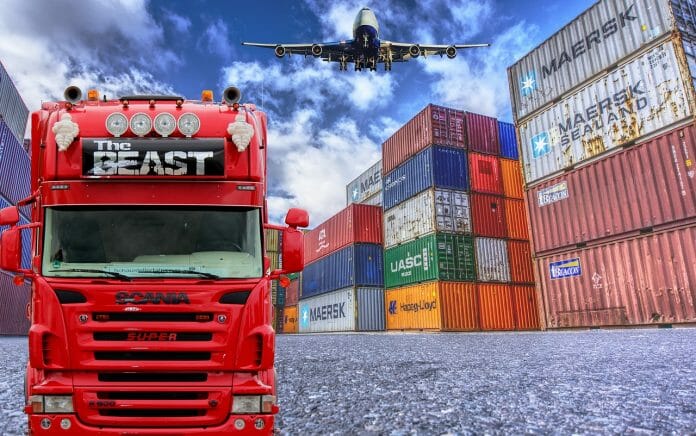Last year, the supply chain industry saw a series of challenges in the form of rising spot rates, labor shortages, container unavailability, skyrocketing customer expectations, increasing order volumes, demand for new fulfillment models, the pandemic, natural calamities, and even rumors cradled a perfect storm for the sector. Therefore, it was an intimidating year for the supply chain industry. As a result of these disruptions, there will be continuous push for logistics companies to innovate and execute operations strategically.
Here are trends that are likely to define the roadmap for the sector this year:
1 Sustainability Will Become Mainstream
An IBM research says that a whopping majority of 57% of customers can change their purchase behavior for environmental concerns. Dynamic route planners and en-route order clubbing can reduce miles traveled, eliminate empty miles, decrease trip volumes, boost delivery productivity, increase resource utilization, enhance first attempt success rate, reduce carbon emission, and do much more.
2 Cross-border eCommerce To Witness Huge Growth
The global market research company, Forrester, validates the rapid proliferation of international eCommerce. The APAC is all set to become the largest eCommerce hub for exports and imports. Businesses must develop delivery visibility and scalability capabilities to tap into lucrative opportunities.
3 Quick Commerce Will Continue To Shoot Up And Up
Quick commerce will see a 10-15 times growth within the next five years, according to RedSeer. Evolving expectations are resorting customers to leverage the hyperlocal deliveries for the instant gratification of their needs.
4 Quick Commerce Will Mean More Than Just Grocery
Popular delivery aggregators and largest online grocery stores have already adopted or are considering taking the under 10-minute route to success and include other products under the umbrella. As the model becomes more popular and stable, we can expect electronic devices, big-box items, food, and apparel to be delivered to the customer’s doorstep within 10 minutes of placing the order.
5 Greater Need For Dark Stores In Proximity To Customer
As eCommerce orders surge, brands will have to bring the inventory closer to the high order volume areas to make deliveries faster. Brands must optimize the logistics operations to boost delivery speed, profitability, and customer experience.
6 Neighborhood Stores Will Have To Provide Inventory Visibility
Things would be much easier for customers and delivery aggregators if they had real-time visibility over item availability. As on-demand delivery widens and orders swell, building technological capabilities and innovative strategies for business sustenance is a must.
7 Automation and Hyperlocal Will Go Hand-in-hand
The ultra-fast delivery promise needs precision in operations for timely order fulfillment. Automation can facilitate this. It not only speeds up the process but can also designate tasks to the right delivery partner/resource without errors.
8 Technology To Be A Frontrunner For Seamless EXIM Operations
Manufacturers, retailers, eCommerce players, CEP companies, freight forwarders, carriers/shipping lines, logistics partners, and more will look for ways to make their operations agile and cost-efficient. AI-powered logistics management platforms could optimize, track, and automate the processes.
9 The Use of Blockchain Will Increase
The logistics industry is challenged with a lack of trust and transparency amongst stakeholders. Even though blockchain is still in its infancy, it will see greater adoption and application this year.
10 Greater Demand for Predictive Analysis
When businesses lack data-led insights, it leads to poor decisions and unnecessary cost leakages. Businesses will leverage analytics and predictive intelligence to tide over unprecedented events or take better control of logistics operations this year.
11 Autonomous Vehicles and Drone Deliveries Will See More Deployment
Autonomous vehicles and drones can transport goods and make deliveries to resolve the issue of rising logistics costs and workforce crunch across many sectors. The adoption will surge in the GCC region, which is already reaping the benefits of the technology to some extent.
Global supply chains and logistics companies have realized the importance of digital transformation. With these development anticipated over the year, there is no doubt we are inching towards a new dawn of the sector.
This article is contributed by Soham Chokshi, CEO and Co-Founder of Shipsy.









